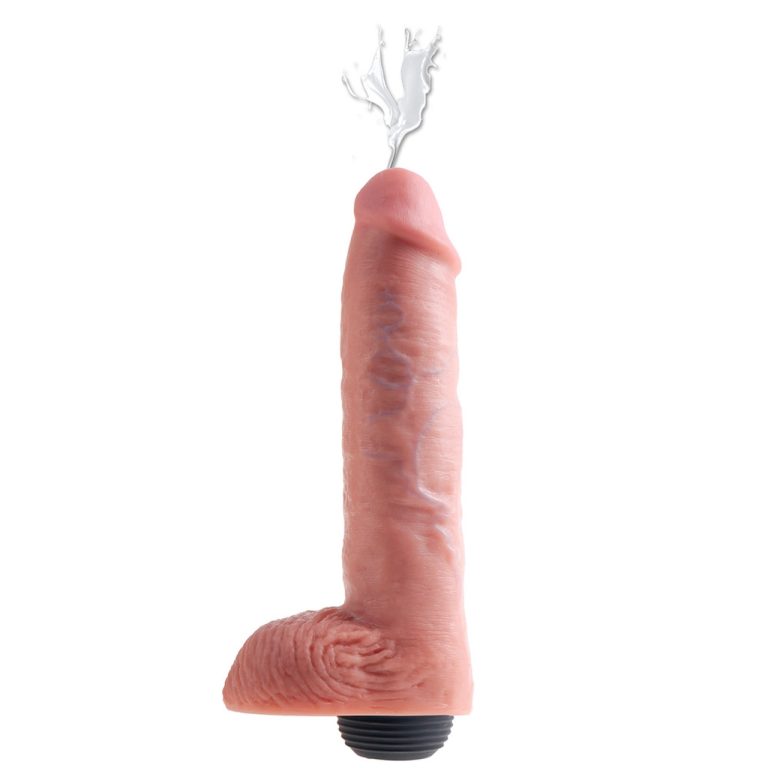The Penguin Satisfier: Unveiling the Secrets of these Flightless Birds
Penguins are among the most remarkable and charismatic animals in the animal kingdom. With their distinctive black and white feathers, waddling gait, and charming expressions, it is no wonder why penguins have actually recorded the hearts of many individuals around the globe. However what makes penguins so special? What are their practices, habitats, and attributes that set them apart from other birds? In this short article, we will delve into the world of penguins and check out the concept of a "penguin satisfier"-- a term that refers to the important things that make penguins delighted and satisfied.
Environment and Distribution
Penguins are discovered in the Southern Hemisphere, with the majority of types residing in Antarctica and the surrounding islands. They also inhabit the shorelines of South Africa, Australia, and South America. Penguins live in a variety of habitats, including rocky shores, ice sheets, and even deserts. Each species of penguin is adjusted to its particular environment, with special plumes, beaks, and flippers that allow them to make it through and grow in their respective habitats.
Characteristics and Behavior
Penguins are flightless birds, which suggests they are not able to fly like many other birds. Rather, they use their wings to swim and dive in the water. Penguins are excellent swimmers, with some types reaching speeds of up to 25 miles per hour in the water. They are likewise extremely social animals, residing in nests and taking part in complicated communication habits.
Penguins are known for their unique calls, which they use to interact with each other. Each types of penguin has its special call, which can vary from a basic chirp to a complex series of sounds. Penguins also use body movement to interact, with raised plumes and aggressive posturing indicating risks or courtship habits.
What makes a Penguin Satisfier?
So, what makes penguins pleased and satisfied? Here are some things that are understood to bring delight to these charming birds:
- Food: Penguins like to consume, and their preferred foods are fish, krill, and squid. A penguin satisfier would include an abundance of these tasty treats.
- Swimming: Penguins are exceptional swimmers, and they spend the majority of their time in the water. A penguin satisfier would include a lot of chances for swimming and diving.
- Social interaction: Penguins are highly social animals and enjoy the business of others. A penguin satisfier would include time with loved ones, along with opportunities for social interaction.
- Nesting: Penguins are known to form long-term monogamous relationships, and lots of species build fancy nests to raise their young. A penguin satisfier would include a comfortable nest and a caring partner.
- Play: Penguins are lively animals and take pleasure in participating in activities such as sliding on their tummies and having fun with rocks. A penguin sex toy satisfier would consist of plenty of time for play and enjoyable.
Types of Penguins
There are 18 various species of penguins, each with its distinct attributes and habits. Here are some of the most well-known types:
- Emperor Penguin: The largest penguin species, reaching heights of as much as 45 inches and weighing approximately 90 pounds.
- King Penguin: The second-largest penguin types, understood for its distinct yellow plumes and loud call.
- Rockhopper penguin air pulse clitoris stimulator: A small penguin species with unique crests and red eyes.
- African Penguin: A medium-sized penguin species found along the shorelines of South Africa.
Preservation Status
Unfortunately, numerous penguin types are threatened or threatened due to environment destruction, climate change, and other human activities. The Emperor Penguin, for example, is listed as near threatened on the IUCN Red List, while the African satisfyer precious penguin air pulse is listed as endangered. Preservation efforts are underway to secure penguin environments and reduce the effect of human activities on penguin populations.
Often Asked Questions
Q: What is the typical life-span of a penguin?A: The average lifespan of a penguin differs depending on the species, but the majority of penguins can live for in between 15-20 years in the wild.
Q: Can penguins fly?A: No, penguins are flightless birds and are unable to fly.
Q: How do penguins interact?A: Penguins communicate using a range of calls and body language.
Q: What do penguins consume?A: Penguins mainly eat fish, krill, and squid.
Conclusion
Penguins are remarkable creatures that bring joy and wonder to people around the world. By understanding what makes penguins pleased and satisfied, we can work to secure and conserve these extraordinary birds. Whether it's supplying an abundance of food, swimming chances, or social interaction, penguin satisfiers are important to ensuring the well-being and survival of these charming birds.
Extra Tips
Here are some extra ideas for discovering more about penguins and how to support conservation efforts:
- Visit a regional fish tank or zoo for more information about penguins and their environments.
- Donate to respectable conservation companies that work to safeguard penguin environments and populations.
- Spread awareness about the value of preservation and the impact of human activities on penguin populations.
- Assistance environment-friendly and sustainable practices that reduce the effect of human activities on the environment.
By interacting, we can assist guarantee the survival and wellness of penguins and the environments they live in.





